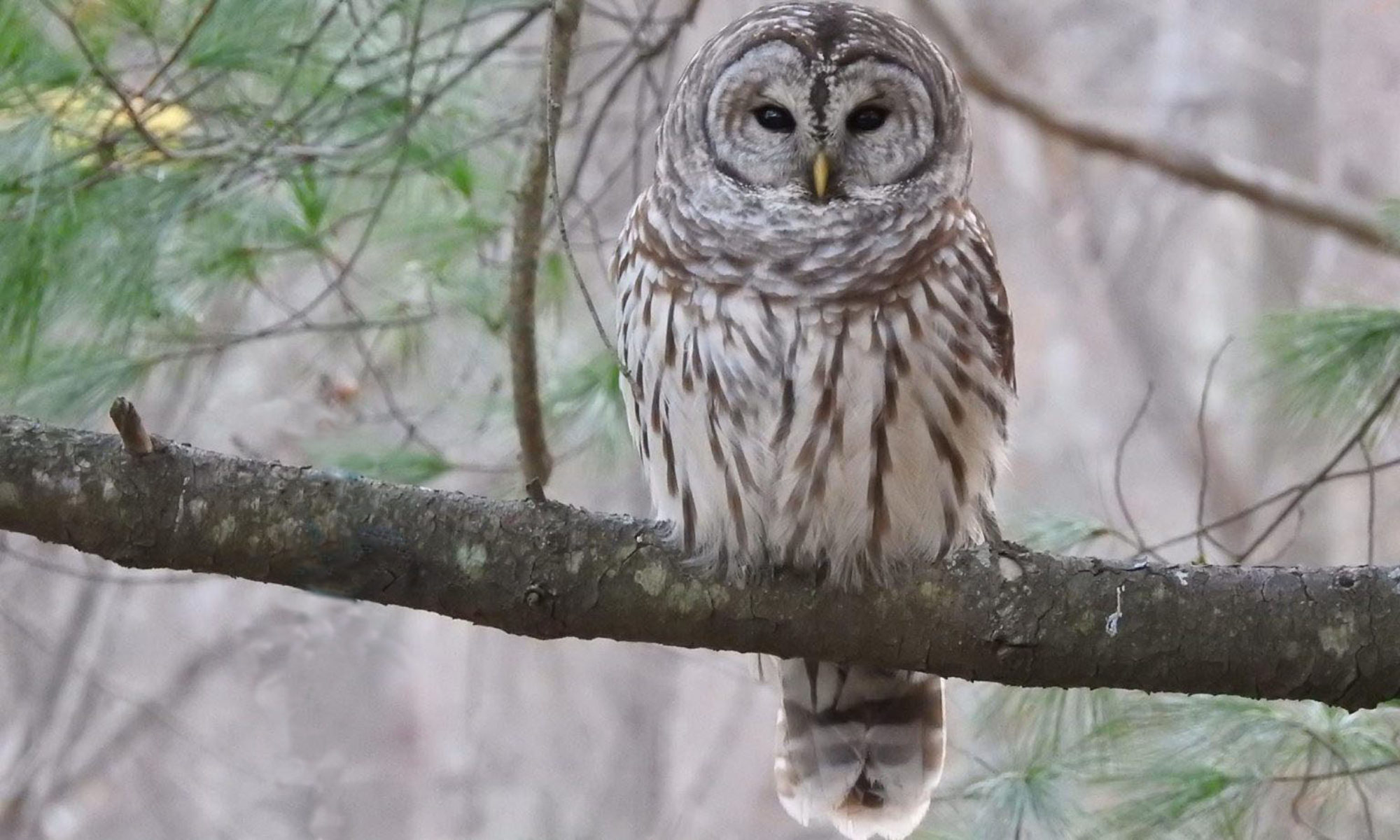Fall is almost here and it couldn’t come sooner for the BwP crew. This year’s covid-mandated isolation plus an associated reluctance to go anywhere, on top of the annual June-August doldrums, a regular occurrence when even the most vociferous locals shut up and get down to the business of (quietly) rearing young, has felt like an interminable quarter.
Yeah, yeah, we could have gone to the shore, scoped for vagrant seabirds and resident shorebirds, but the thought of vying with throngs of work-from-home cooped-up beachgoers suddenly released on their own recognizance sent a shudder through our introverted spines. So, we get no Piping Plover for the list this year, but perhaps gain an added appreciation for and intimate awareness of the comings and goings of what seems to be a bumper crop of local Blue Jays. Geri birding they call it, big sit, 5MR.
But besides the jays it’s otherwise been quiet. It was even an uncharacteristically slow summer for leps; not a single leaf on our milkweed was munched by a hungry Monarch caterpillar, and only a very occasional Vanessa shared the butterfly bush with a healthy and persistent troupe (flock? gang? cartel?) of Peck’s skippers.
When it is this slow, you can worry too much, become easily discouraged: locally about your own looming physical decrepitude, and more broadly with an abstract concern–perhaps not so abstract nowadays– that radiates out to include the country and the world. But reaching down past the gray featureless despair, past its whiff of lurking, atavistic malice, you may find just-in-time beacons of hope: the first warblers have started passing through. They’re here and there at the beginning, characteristically in the company of mixed flocks of chickadees, with the occasional associated titmouse or nuthatch. Like back in April, a Yellow-rumped was first, but a Redstart was soon to follow, and even though they are generally less colorful and less vocal than in the spring, they (anthropomorphizing here) still flit cheerfully with a certain reassuring, uplifting, and infectious joie de vivre.
Time to dust off the monopod and get off this couch.
